Cricket often hailed as a religion in many countries is a game that demands precision, skill, and the right equipment. Among the essential gear for any cricketer, the cricket ball holds a pivotal role in determining the quality of play and overall performance.
With a myriad of options available, selecting the right ball can be overwhelming for both amateurs and seasoned players alike. In this blog, we will explore the five best cricket balls that stand out for their quality, durability, and performance, ensuring you make an informed choice for your next match or practice session.
Whether you’re playing in a local tournament or honing your skills in the backyard, the right cricket ball can make all the difference in your game. Let’s dive in and discover which cricket balls deserve a place in your kit!
How to Choose the Best Cricket Ball
Selecting the right cricket ball is crucial for enhancing your performance and overall experience on the field. Here are some key factors to consider when choosing the best cricket ball:
Type of Cricket: The type of cricket you play—Test, One Day International (ODI), or T20—will influence your choice. Test matches typically use red cricket balls, which are more durable and suited for longer formats. In contrast, white cricket balls are standard for ODIs and T20s, designed for visibility under artificial lights.
Material: Cricket balls are made from either leather or synthetic materials. Leather balls are generally preferred for their durability and performance, offering better seam and swing. Synthetic balls are often used in practice or for junior players as they are more affordable and resistant to wear.
Weight and Size: Ensure the ball complies with the regulations for your specific format. Standard cricket balls weigh between 155.9 grams (5.5 ounces) for women’s cricket and 162 grams (5.7 ounces) for men’s cricket. The diameter should also be appropriate, typically around 22.4 centimeters (8.81 inches).
Seam Quality: A prominent seam is essential for bowlers as it aids in grip and movement. Inspect the seam closely; a well-defined seam will provide better control and enhance the ball’s performance. Ensure the stitching is tight and durable to withstand the rigors of play.
Bounce and Hardness: Different balls offer varying levels of bounce and hardness. While harder balls provide a faster game, they may also lead to injuries if not handled correctly. Test different balls to find one that balances bounce and comfort, especially if you’re a beginner or playing at a lower level.
Brand and Reviews: Reputable brands like Kookaburra, SG, and Dukes are known for producing high-quality cricket balls. Look for reviews and recommendations from experienced players or coaches to gauge performance and durability.
Budget: Lastly, consider your budget. While investing in a higher-quality ball can enhance performance, there are also budget-friendly options that provide good value for practice or casual play. Balance your needs with your financial considerations to find the best option for you.
By considering these factors, you’ll be better equipped to choose a cricket ball that suits your playing style and enhances your performance on the field. Remember, the right ball can significantly impact your game, so take the time to make an informed decision.
Top 5 Best Cricket Balls
ADDAX Synthetic Cricket Ball
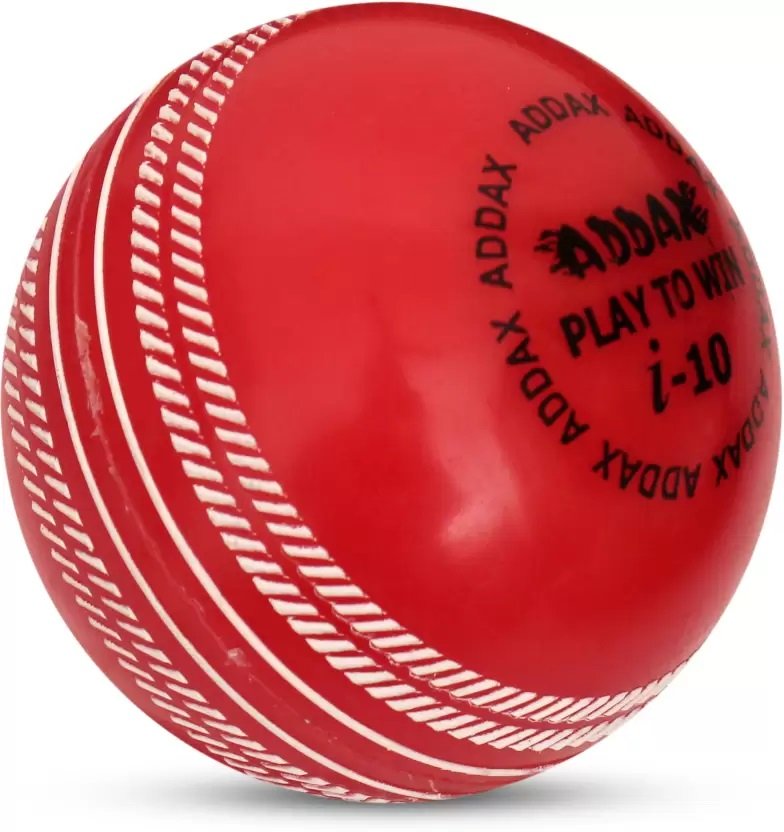
The ADDAX Synthetic Cricket Ball is designed for consistent play and durability, making it an excellent choice for training and matches. Weighing 200 grams, this synthetic cricket ball offers a balanced feel and reliable performance for players of all skill levels.
Crafted to withstand rigorous use, the ADDAX Synthetic Cricket Ball ensures you can focus on your game without worrying about wear and tear. Ideal for both practice sessions and casual matches, it’s a must-have for any cricket enthusiast.
Kookaburra Cricket Leather Ball Speed White
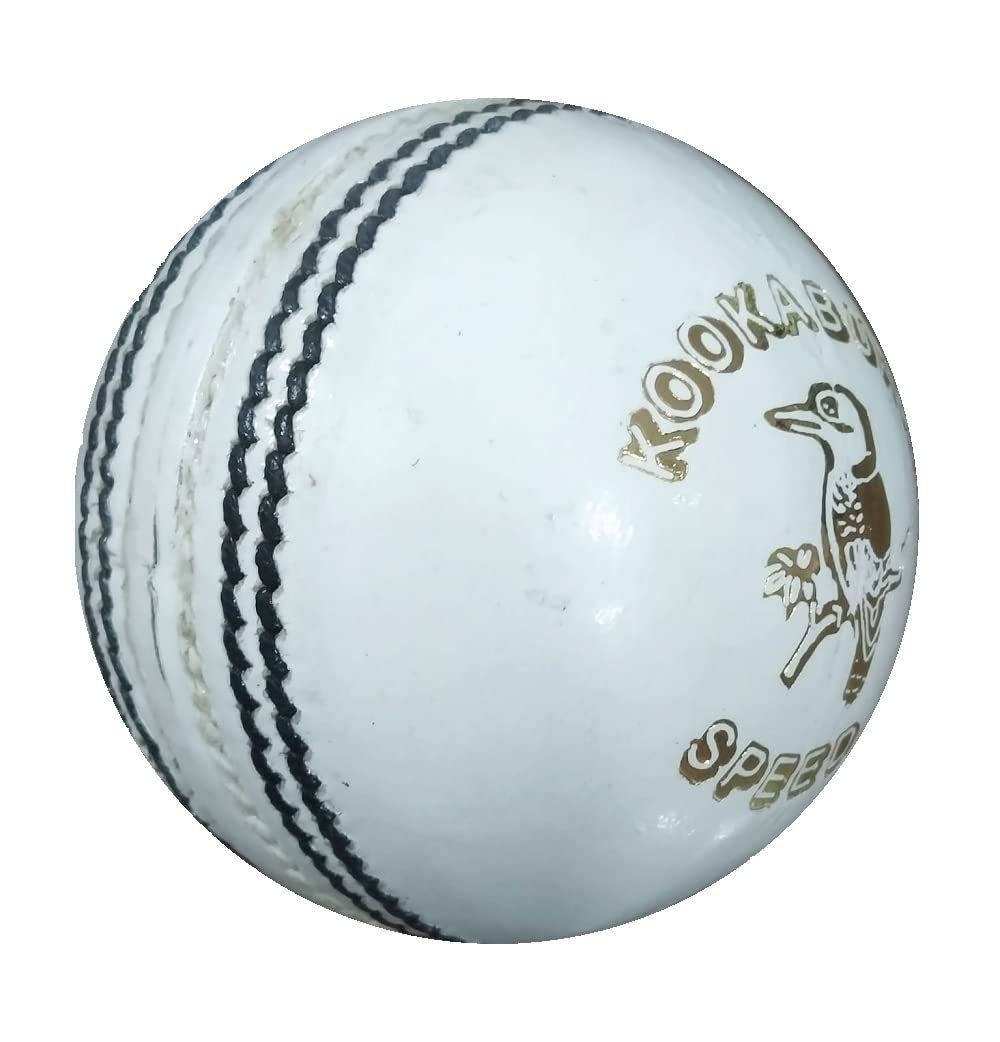
Introducing the Kookaburra Cricket Leather Ball Speed White, designed for players who demand excellence. This high-performance ball features a 4-piece construction and is traditionally hand-sewn, ensuring durability and reliability in every match. Crafted from 4-piece alum tanned Indian leather, it offers superior quality and performance that stands up to the rigors of competitive play.
The air-dried inner core enhances the ball’s longevity and maintains its shape, providing consistent bounce and stability on the field. Perfect for league play and serious training, the Kookaburra Cricket Leather Ball Speed White is your go-to choice for superior performance.
SG Shield 30 White Cricket Leather Ball
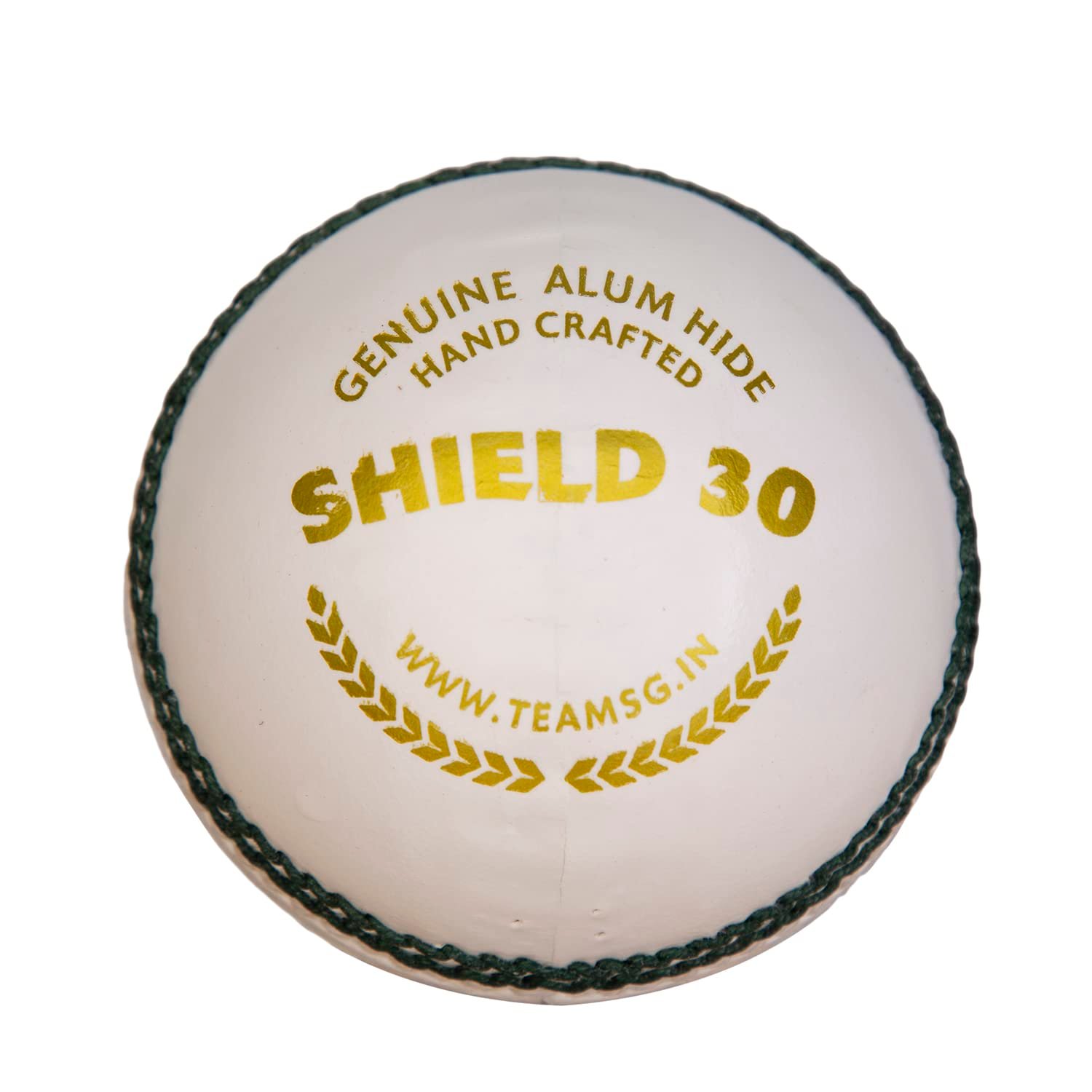
The SG Shield 30 White Cricket Leather Ball is a top-quality, four-piece cricket ball designed to meet the demands of club and school matches. Its water-proofed exterior ensures reliable performance in various weather conditions, while the solid one-piece grade 2 core provides excellent durability and shape retention.
Whether you’re practicing or playing competitively, the Shield 30 delivers consistent bounce and a reliable feel, making it an ideal choice for cricketers of all skill levels. Elevate your game with the SG Shield 30, the perfect companion for your cricketing journey.
SG Cricket Leather Ball (Tournament)
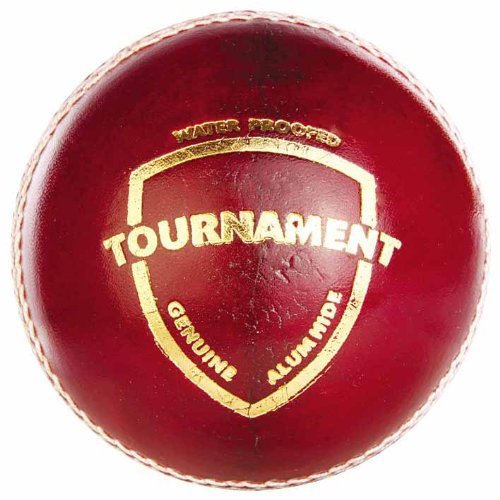
SG Tournament Leather Cricket Ball – Premium Four-Piece Construction
The SG Tournament leather cricket ball is crafted for professional-level play, offering unmatched performance and durability. Made from superior quality alum tanned leather, this four-piece ball is selected from the finest top-grade hide, ensuring a smooth finish and excellent wear resistance.
The ball features a high-quality center, encased with layers of Portuguese cork and wound with 100% wool, providing optimal shape retention. Its naturally seasoned inner core enhances durability, while the waterproofed design makes it ideal for all weather conditions.
Key Features:
- Premium four-piece construction with alum tanned leather.
- Waterproof and abrasion-resistant for extended play.
- High-quality center with Portuguese cork and 100% wool winding.
- Excellent shape retention with a naturally seasoned inner core.
For cricketers seeking a leather ball with superior performance and durability, the SG cricket ball is the perfect choice for both practice and matches.
SG Shield 30 RED Cricket Leather Ball
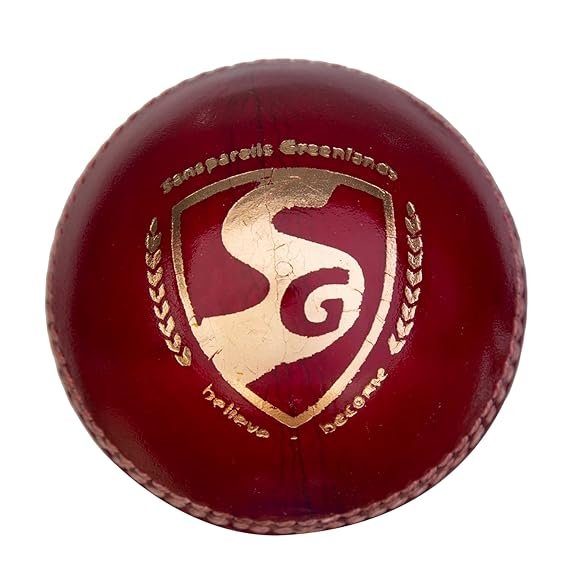
SG Shield 30 Leather Cricket Ball – Four-Piece Ball for Club & School Matches
The SG Shield 30 leather cricket ball is designed for high performance in club and school matches. This four-piece ball is crafted with a solid one-piece grade 2 core, ensuring durability and consistent bounce throughout the game.
The ball’s waterproofed design makes it ideal for all weather conditions, offering excellent longevity. Whether you’re training or you need to best tennis ball cricket bat or playing competitively, the SG Shield 30 cricket ball is best cricket
Key Features:
The four-pieceleather ball with solid grade 2 core.
Waterproofed for all-weather play.
Perfect for club and school matches.
For those looking for a durable and high-quality SG cricket ball, the SG Shield 30 is an excellent choice for players at all levels.
Types of Best Cricket Balls
Cricket balls come in various types, each suited to different formats, playing conditions, and levels of expertise. Understanding the different types of cricket balls can help players select the right one based on their specific needs. Here are the main types of cricket balls:
1. Red Cricket Balls
Red cricket balls are traditionally used in Test matches and other long-format games. Known for their durability, these balls are designed to withstand extended play over several sessions.
Their dark color makes them ideal for daytime matches in natural light, and they typically offer better swing due to their prominent seam. Major manufacturers like Dukes and SG produce some of the finest red cricket balls.
2. White Cricket Balls
White cricket balls are the standard for limited-overs formats, such as One Day Internationals (ODIs) and T20s. These balls are highly visible under floodlights, making them ideal for matches played in the evening or at night.
However, they tend to wear out faster than red balls and may lose their shine quickly, affecting swing and grip. White cricket balls are often treated with an extra lacquer to improve their longevity.
3. Pink Cricket Balls
Pink cricket balls are relatively new and have been introduced primarily for day-night Test matches. The bright pink color enhances visibility in low-light conditions, allowing players and spectators to follow the game during evening sessions.
Pink balls are also known to offer better seam visibility and durability compared to white balls, although they behave similarly to red balls in terms of swing and movement.
4. Leather Cricket Balls
Leather cricket balls are the most commonly used in professional cricket and are preferred for both Test matches and limited-overs formats. Made from high-quality leather, these balls offer excellent seam retention, swing, and bounce. They require maintenance to keep the shine and ensure consistent performance, especially in longer matches.
5. Synthetic Cricket Balls
Synthetic cricket balls are typically used for practice or junior-level games. These balls are made from synthetic materials, making them more affordable and durable compared to leather balls.
Although they do not offer the same level of swing, bounce, or seam as leather balls, synthetic balls are ideal for casual play or training sessions where cost and longevity are priorities.
6. Rubber Cricket Balls
Rubber cricket balls are primarily used for informal games, such as street cricket or backyard play. These balls are softer than leather or synthetic balls, reducing the risk of injury. They are great for beginners and children learning the game, as they provide a safer environment while still maintaining the basic feel of a cricket ball.
7. Tennis Cricket Balls
Tennis cricket balls, also known as “tape balls” in some regions, are modified tennis balls that are often used for casual games, especially in places where proper cricket infrastructure is not available.
These balls are lighter and less durable but are easier to handle for beginners. Some players wrap them in tape to give them a smoother surface, simulating the behavior of a real cricket ball to an extent.
Each type of cricket ball has its specific use, and selecting the right one depends on the format you’re playing, the conditions, and your skill level. Whether you’re practicing in the nets or playing a professional match, understanding these types can help you make an informed choice.
Conclusion
Choosing the right cricket ball is essential for any player looking to elevate their game. With a variety of factors to consider, including the type of cricket you play, the material, seam quality, and your budget, making an informed choice can significantly enhance your performance on the field.
Whether you’re a seasoned cricketer or just starting out, investing in a quality cricket ball will not only improve your playing experience but also ensure you get the most out of your practice sessions and matches.
As you explore the options available, remember that the right ball can help you develop your skills, boost your confidence, and ultimately lead to greater success in your cricketing journey. So gear up, select wisely, and get ready to enjoy the game you love!
Faqs
-
What is the difference between red and white cricket balls?
- Red cricket balls are used in Test matches and are designed for longer formats, offering durability and better visibility in natural light. White cricket balls are used in limited-overs formats like ODIs and T20s, providing enhanced visibility under floodlights.
-
How often should I replace my cricket ball?
- The lifespan of a cricket ball depends on its usage and the format of the game. In Test matches, a ball can last for an entire innings, while in limited-overs formats, it may need replacement after a few overs or matches due to wear and tear.
-
Can I use a synthetic ball for official matches?
- Synthetic balls are typically used for practice or junior matches. For official matches, players should use leather balls as they conform to the standards set by cricket governing bodies.
-
What should I look for in a cricket ball’s seam?
- A well-defined seam is crucial for bowlers to achieve better grip and movement. Look for tight stitching and a prominent seam that can withstand the rigors of play.
-
Are expensive cricket balls worth the investment?
- Generally, higher-priced cricket balls offer better quality, durability, and performance. Investing in a good ball can enhance your playing experience and help improve your skills, especially for serious players.
-
What size cricket ball should I use?
- Standard cricket balls weigh between 155.9 grams for women’s cricket and 162 grams for men’s cricket. Ensure the ball you choose complies with the regulations for your specific format of the game.
-
Can I use a cricket ball for practice?
- Yes, using a cricket ball for practice is essential for honing your skills. However, if you’re practicing frequently or with juniors, consider using a synthetic or lower-cost ball to prolong the life of your more expensive match ball.



